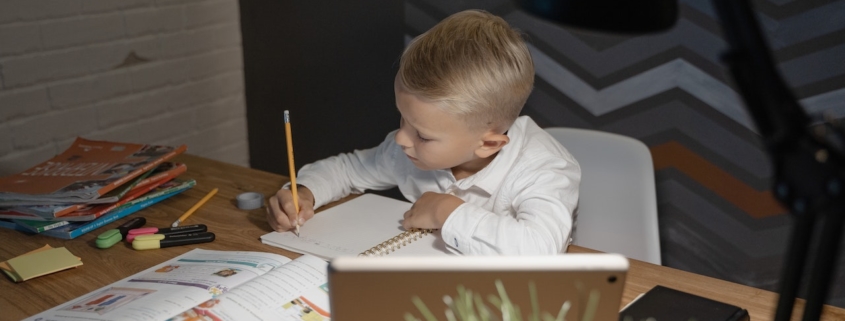Printable Lesson Plan on Understanding Estimation and Rounding
Lesson Title:Understanding Estimation and Rounding
Lesson Objective: Students will understand the concept of estimation and rounding and be able to use these techniques to solve problems in real-life situations.
Materials:
Introduction (5 minutes):
Direct Instruction (15 minutes):
Guided Practice (15 minutes):
Independent Practice (10 minutes):
Closure (5 minutes):
Assessment: Observe the students during independent practice and check their worksheets for accuracy.
Extension:Note:
Overall, the goal of this lesson is to introduce the concept of estimation and rounding and provide students with hands-on practice using these techniques. Through the use of manipulatives, worksheets, and interactive activities, students will develop a better understanding of estimation and rounding and be able to use them to solve problems in real-life situations.



